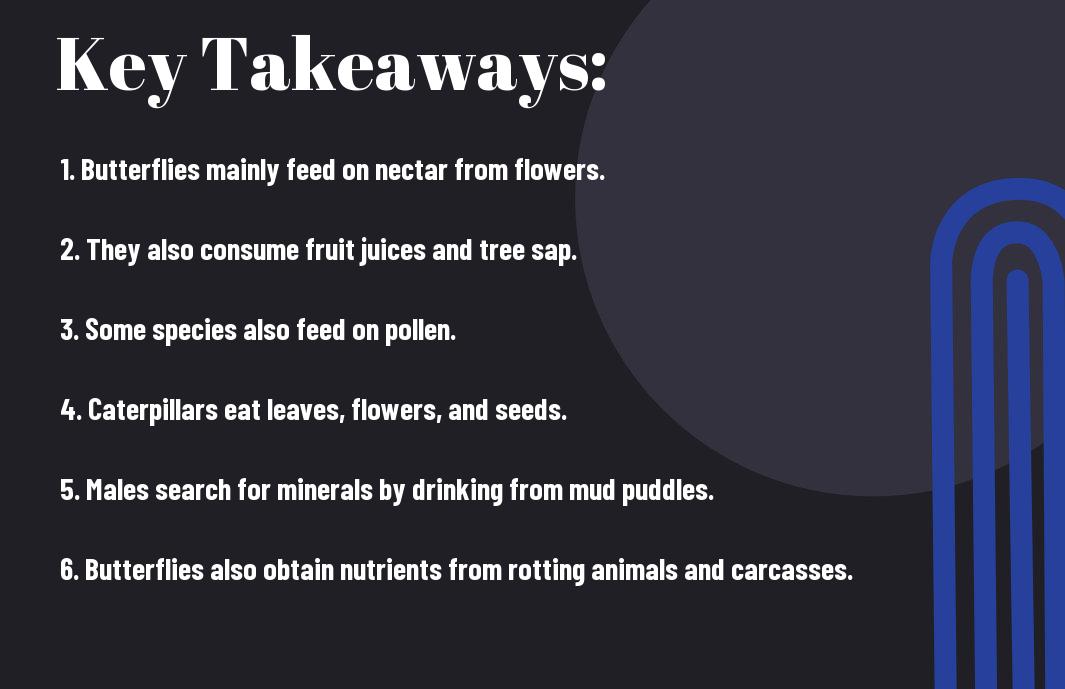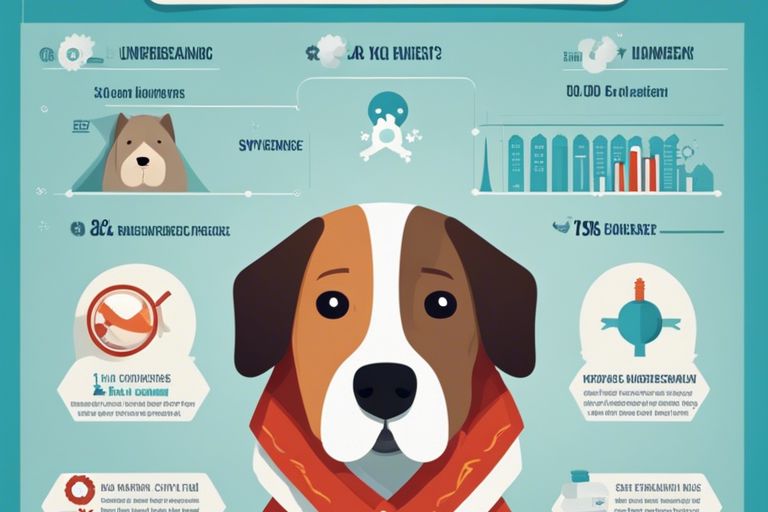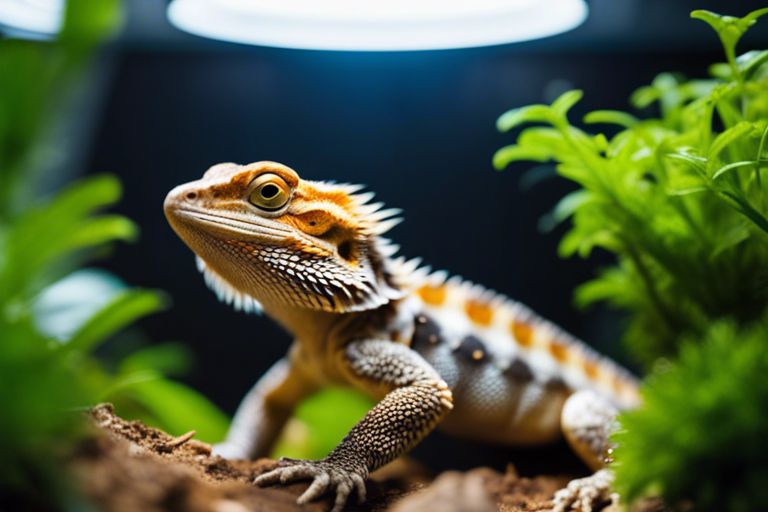Greetings! Have you ever wondered what exactly butterflies consume to survive and thrive? As a nature enthusiast, I have spent countless hours observing these delicate creatures and their dietary habits. It’s fascinating to see how something so beautiful relies on a specific range of foods to sustain their delicate bodies. In this blog post, I will delve into the essential components of a butterfly’s diet, highlighting the most important, dangerous, and positive details you need to know. By the end of this post, you will have a comprehensive understanding of what butterflies eat and how you can help support their dietary needs in your own garden or outdoor space. So, let’s embark on this educational journey together!
Key Takeaways:
- Butterflies primarily feed on nectar from flowers, using their long proboscis to suck up the sweet liquid
- Some butterflies also consume fluids from rotting fruit, tree sap, or animal feces, which provides essential nutrients and minerals
- Caterpillars, the larval stage of a butterfly, feed on leaves, stems, and flowers of host plants, often specific to their species
- Adult butterflies may also consume minerals from mud puddles in a behavior known as “puddling”, which helps with reproduction and overall health
- It’s important to provide a variety of native plants in the garden to support a diverse butterfly population, offering a range of nectar sources and caterpillar host plants
Butterfly Diets
Some people may wonder what butterflies eat, and the answer is more complex than you might think. Butterflies have diverse diets that evolve throughout their life stages, with their food choices largely depending on whether they are in the caterpillar or adult stage.
Science behind butterfly diets
Butterflies have a specialized diet that changes as they go through metamorphosis. As caterpillars, they mainly feed on plant leaves, which provide them with the nutrients and energy needed to grow and develop. After they undergo metamorphosis and emerge as adults, their diet shifts to consuming nectar from flowers. This transition is driven by the physiological changes that occur during metamorphosis, including the development of a proboscis, which allows adult butterflies to drink nectar.
Implications for their survival
The delicate balance of butterfly diets has significant implications for their survival. Loss of habitat and the decline of native plant species can limit the availability of food sources for both caterpillars and adult butterflies. This can have dire consequences for their populations and overall biodiversity, as butterflies play a crucial role in pollination and serve as an important food source for other wildlife. Conservation efforts are crucial in ensuring the availability of food for butterflies and preserving their populations.

Pet Nutrition
Obviously, butterflies aren’t traditional pets like dogs or cats, but if you have a butterfly garden, you may want to ensure that your fluttering friends are getting the nutrition they need. Butterflies primarily feed on nectar from flowers, but they also need other essential nutrients to thrive.
Understanding the nutritional needs of butterflies
When it comes to butterfly nutrition, it’s important to understand that they require more than just nectar. Butterflies also need minerals and vitamins to support their overall health and well-being. Some species also feed on tree sap, rotting fruit, and even animal dung to obtain the nutrients they need to survive.
Tips for keeping butterflies healthy through their diet
To keep butterflies healthy through their diet, it’s essential to provide a variety of nectar-rich flowers to attract them to your garden. Additionally, you can create a butterfly feeder with a mix of ripe fruit, sugar water, and mineral-rich mud to supplement their diet. Offering a shallow dish of water with wet sand or mud can also provide essential minerals and salts for butterflies. Any extra nutrients provided in their environment can help keep them healthy and thriving.
- Provide a variety of nectar-rich flowers in your garden
- Create a butterfly feeder with ripe fruit, sugar water, and mineral-rich mud
- Offer a shallow dish of water with wet sand or mud for essential minerals and salts
Conservation and Preservation
After learning about the diet of butterflies, it is important to understand the role of conservation and preservation in protecting these beautiful insects. As our environment faces increasing threats, it is crucial to take proactive measures to safeguard butterfly populations.
The role of diet in preserving butterfly populations
The diet of butterflies plays a crucial role in preserving their populations. As their primary source of nutrition, it directly impacts their survival and reproductive success. Loss of food sources due to habitat destruction, pesticides, and climate change poses a serious threat to their existence. It is essential to protect and preserve the natural habitats and food sources of butterflies to ensure their future survival. By maintaining a healthy and diverse ecosystem, we can support the dietary needs of butterflies and contribute to their conservation.
How to support butterflies through habitat and food sources
To support butterflies through habitat and food sources, consider creating a butterfly-friendly environment in your own backyard. Planting native flowers and providing food sources such as nectar, rotting fruits, and sap can attract butterflies to your garden. Avoid using harmful pesticides and herbicides that can harm butterflies and their food sources. By taking these steps, you can create a welcoming environment that supports butterfly populations and helps to ensure their continued presence in nature.
By understanding the role of diet in preserving butterfly populations and taking proactive steps to support their habitat and food sources, we can contribute to the conservation and preservation of these delicate creatures. It is crucial to recognize the importance of maintaining a healthy ecosystem to ensure the survival of butterflies and the many other species that depend on them. Through our collective efforts, we can make a positive impact on the well-being of butterflies and the natural world as a whole. Together, we can work towards a sustainable future for these magnificent insects.

Conclusion
Following this exploration of what butterflies eat, I hope you now have a better understanding of the dietary habits of these beautiful creatures. From nectar and pollen to rotting fruit and even animal feces, butterflies have a diverse diet that varies depending on their species and life stage. To learn more about the specific dietary preferences of different butterfly species, you can visit What do butterflies eat? for continued exploration.
FAQ
Q: What does a butterfly eat?
A: Butterflies primarily feed on nectar from flowers. Some species also feed on pollen, fruit juices, tree sap, and even animal droppings.
Q: What is the role of a butterfly’s proboscis in its diet?
A: A butterfly’s proboscis is a long, tube-like tongue used for sucking nectar from flowers. It is coiled up when not in use and acts as a straw for the butterfly to drink the sugary liquid from flowers.
Q: Do all butterflies have the same diet?
A: No, the diet of a butterfly can vary depending on its species and habitat. While most butterflies feed on nectar, some species have specific dietary needs, such as tree sap or fermented fruit.
Q: How do butterflies find their food?
A: Butterflies use their keen sense of smell and sight to locate food sources. They are attracted to brightly colored flowers with strong fragrances, and they can also detect the presence of nectar using their sensitive antennae.
Q: Are there any other sources of nutrition for butterflies?
A: In addition to nectar, some butterflies obtain essential nutrients from mineral-rich sources such as mud puddles, rotting fruit, and even carrion. These alternative food sources provide butterflies with essential minerals and salts not found in nectar alone.








Leave a comment